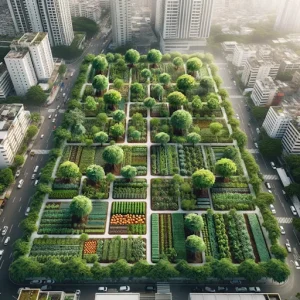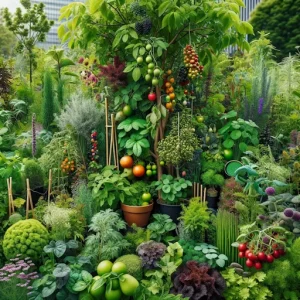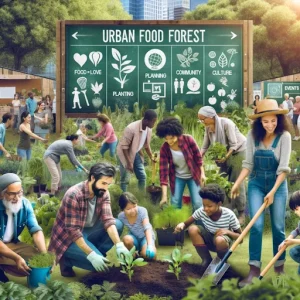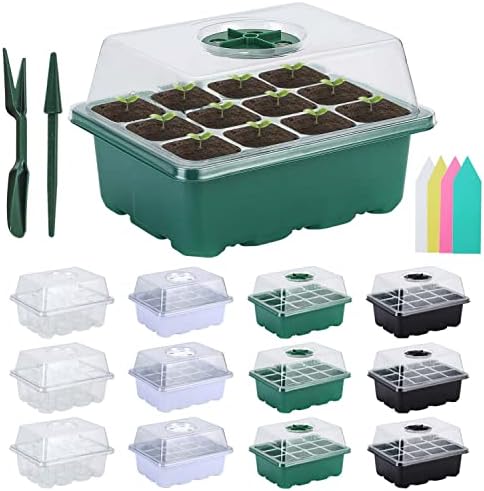Introduction
Urban spaces, often characterized by concrete landscapes and high-rise buildings, may seem like unlikely places for lush gardens. However, the concept of food forests is rapidly changing this perception. Food forests, a sustainable form of urban agriculture, are designed to mimic natural ecosystems, providing a self-sustaining environment for growing a variety of foods. This article delves into the principles of food forest design in urban areas, illustrating how cities can become greener and more self-sufficient.
The Concept of Layering
Central to the design of a food forest is the principle of layering. This technique involves organizing plants in a way that mimics natural forest layers.  From tall canopy trees to ground-cover crops, each layer plays a vital role. Canopy trees provide shade and create a microclimate, while smaller fruit trees and shrubs form the understory. Below these, herbaceous plants, root crops, and ground covers complete the multi-tiered system. This diverse planting strategy maximizes space and productivity, even in limited urban areas.
From tall canopy trees to ground-cover crops, each layer plays a vital role. Canopy trees provide shade and create a microclimate, while smaller fruit trees and shrubs form the understory. Below these, herbaceous plants, root crops, and ground covers complete the multi-tiered system. This diverse planting strategy maximizes space and productivity, even in limited urban areas.
Choosing the Right Plants
Selecting the right mix of plants is crucial for a successful urban food forest. The goal is to achieve year-round food production. This means incorporating a variety of fruit and nut trees, berry bushes, perennial vegetables, and herbs. Plants should be chosen based on the local climate, soil conditions, and available sunlight. Incorporating native species is also beneficial as they are well-adapted to the local environment and support native wildlife.
 Community Spaces
Community Spaces
A unique aspect of urban food forests is their role in community building. These green spaces often become hubs for education and recreation. Designing areas for community involvement – such as communal gardening plots, educational signage, and spaces for workshops – fosters a sense of ownership and responsibility among local residents. It turns the food forest into not just a source of sustenance, but a place for learning and socializing.
Sustainability and Urban Ecology
Food forests contribute significantly to urban ecology. They support biodiversity, improve air and soil quality, and can even help in temperature regulation. By integrating systems like rainwater harvesting and composting, food forests promote a circular, sustainable approach to urban gardening.
Conclusion
Food forests in urban spaces are not just about growing food; they are about reimagining our relationship with nature and our role in the ecosystem. Through innovative design and community involvement, urban food forests have the potential to transform city landscapes, making them more sustainable, resilient, and inclusive.






